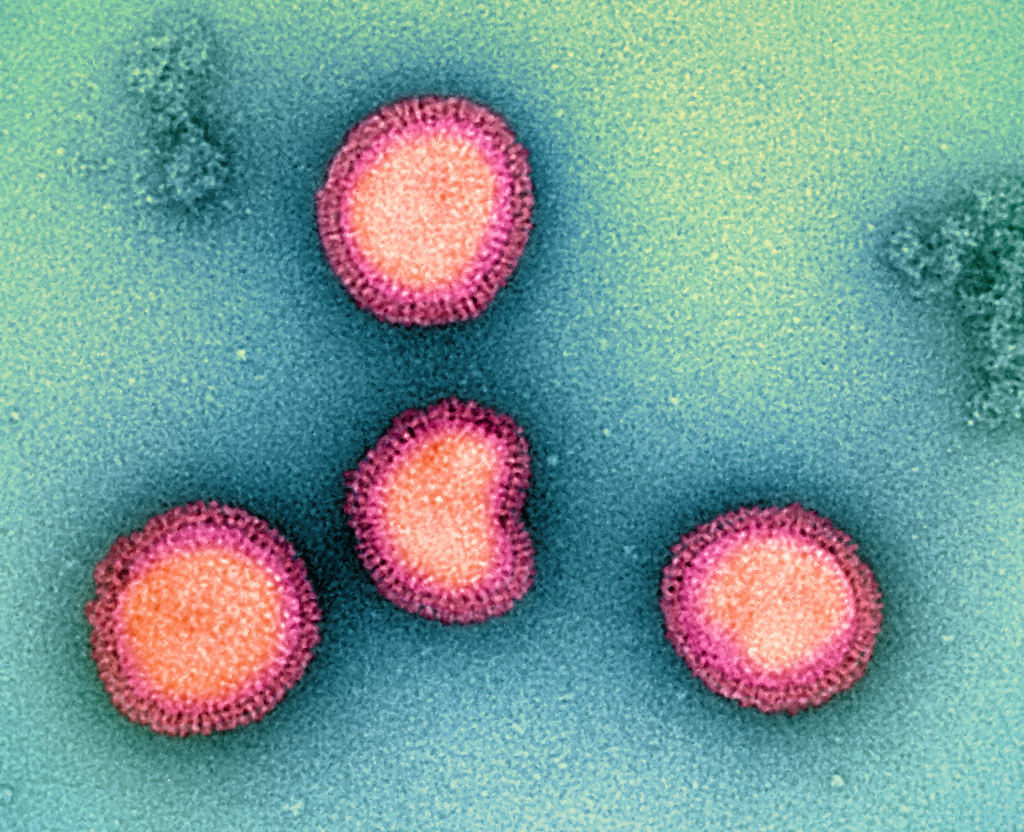How AI Is Disrupting Microbiology — and Transforming Preclinical Models

How Artificial Intelligence Is Redefining Microbiology — And Why It Matters for Preclinical Research
In recent years, artificial intelligence (AI) has rapidly become a cornerstone of innovation in life sciences. But while headlines often focus on its use in radiology or drug discovery, a quieter revolution is taking place in microbiology — one that may prove just as transformative, particularly for preclinical research in infectious diseases.
At Vibiosphen, we are closely following these developments. As a CRO specialized in translational models for bacterial, viral, and fungal infections, the convergence between AI and microbiology opens new doors to accelerate, refine, and scale our preclinical services. A recent scientific review published in Computational and Structural Biotechnology Reports offers a comprehensive overview of this fast-moving field — and gives us a clear direction for what comes next.
A New Era of Data in Microbiology
Modern microbiology is data-rich. From high-throughput genomic sequencing to real-time imaging and multi-parameter bacterial growth assessments, the field generates more information than any human team can realistically process unaided. This is precisely where AI steps in.
Using machine learning (ML) and deep learning (DL) algorithms, researchers are now able to:
- Identify microbial species directly from sequencing data or image analysis
- Predict antimicrobial resistance (AMR) patterns without culture-based assays
- Monitor contamination risks in production environments with real-time sensors
- Detect subtle patterns in microbiome shifts that correlate with disease onset
What once took days or weeks of manual lab work can now be done in hours — and with greater precision. For drug developers and R&D teams, that means faster timelines, fewer false positives, and deeper insights into complex microbial systems.
Real-World Applications That Matter for Vibiosphen
What makes these advances especially relevant to Vibiosphen is their direct applicability to the infectious disease models we offer.
For example:
- In AMR studies, AI can enhance the interpretation of MIC and MBC data by integrating predictive genomic models. This is particularly valuable for clients developing new antibiotics or alternative therapies, where early resistance profiling is critical.
- In quality assurance, AI-powered colony counters and image-based contamination detection can be embedded into routine workflows — reducing human error and improving lab efficiency.
- In microbiome research, machine learning models help identify microbial interactions that influence host-pathogen dynamics, inflammation, or treatment response. This opens new avenues in dermocosmetics, gut health, and mucosal infection models.
- In environmental and veterinary settings, AI also plays a growing role in tracking zoonotic disease outbreaks and characterizing microbiological risks linked to animal reservoirs — a central concern in One Health approaches.
These technologies don’t replace microbiologists — they amplify their capabilities. And for a company like Vibiosphen, which thrives at the interface between biology, data, and translational application, this creates an ideal synergy.
Overcoming Challenges: Interpreting the Algorithms
The potential of AI in microbiology is immense — but it comes with its own set of challenges. Models are only as good as the data used to train them. Heterogeneity in datasets, lack of transparency in algorithmic decision-making, and the need for clinical validation remain ongoing concerns.
By integrating AI-ready protocols, using curated microbial datasets, and applying robust validation procedures, we ensure that digital tools serve real scientific goals — not the other way around.
Looking Ahead: The Future of AI-Driven Microbiology
What does the future hold? According to the review, some of the most promising avenues include:
- The design of next-generation antibiotics using AI-based screening
- The personalization of antimicrobial therapies based on microbiome or genomic signatures
- The use of AI in synthetic biology, to engineer microbes for beneficial applications
- Real-time epidemiological forecasting to support outbreak preparedness and public health
In each of these areas, Vibiosphen is ready to contribute with relevant models, preclinical data, and collaborative frameworks.
Artificial intelligence is not a distant concept in microbiology — it’s already here. And its integration into preclinical R&D is not optional: it is ongoing.
By embracing this paradigm, Vibiosphen could expand the scientific tools we offer to biotech and pharma innovators. Whether the goal is to develop a novel antibiotic, understand host-microbe interactions, or anticipate microbial risks, AI provides a powerful lever shaping its future in microbiology.
Interested in leveraging AI-enhanced microbiological insights for your infectious disease programs?
Contact our team to explore how Vibiosphen can support your project with translational models designed for speed, rigor, and innovation.
Full article: https://www.sciencedirect.com/science/article/pii/S295036392400005X
Catégories
Pagination
- Page 1
- Page suivante
Archives
- juin 2025 (1)
- mai 2025 (1)
- mars 2025 (1)
- mai 2024 (1)
- avril 2024 (2)
- septembre 2023 (1)
- août 2023 (1)
- mai 2023 (1)
- avril 2023 (2)
- février 2023 (1)
- décembre 2022 (1)
- octobre 2022 (1)
- juin 2022 (1)
- mai 2022 (3)
- avril 2022 (1)
- février 2022 (2)
- janvier 2022 (3)
- décembre 2021 (2)
- novembre 2021 (1)


